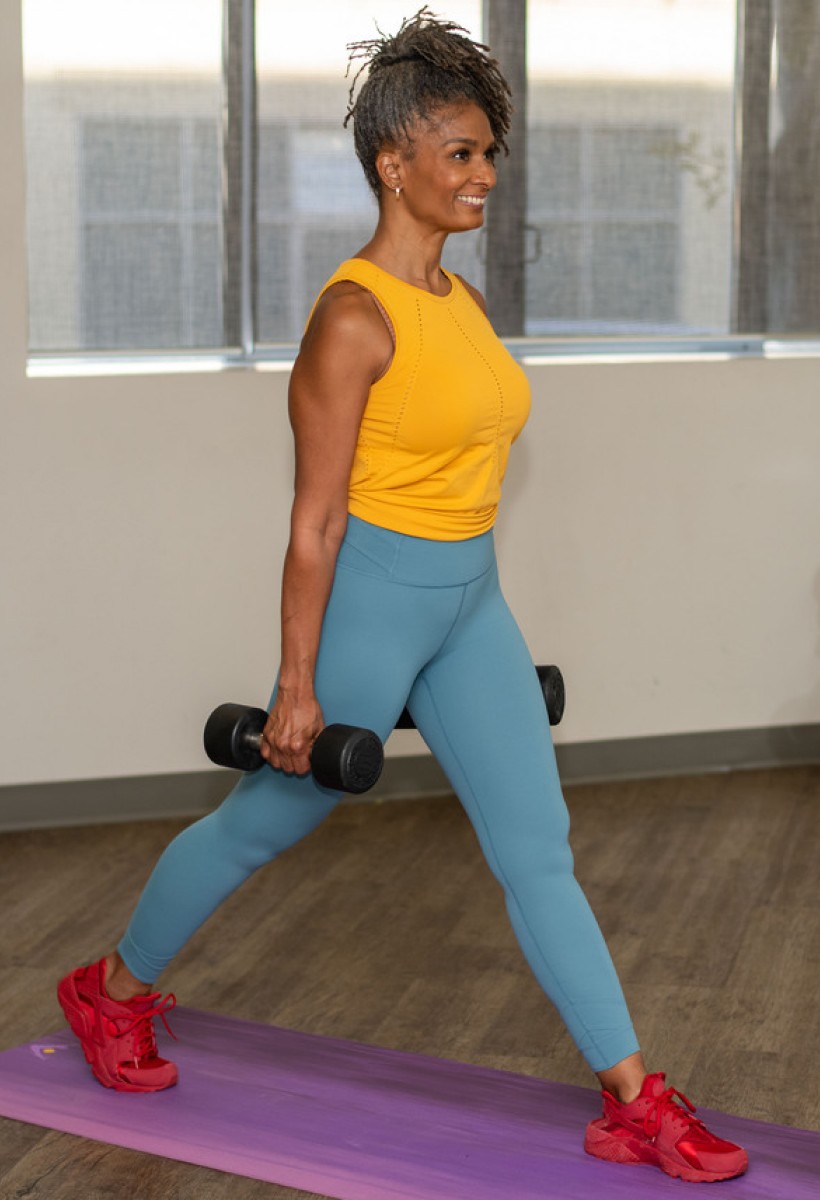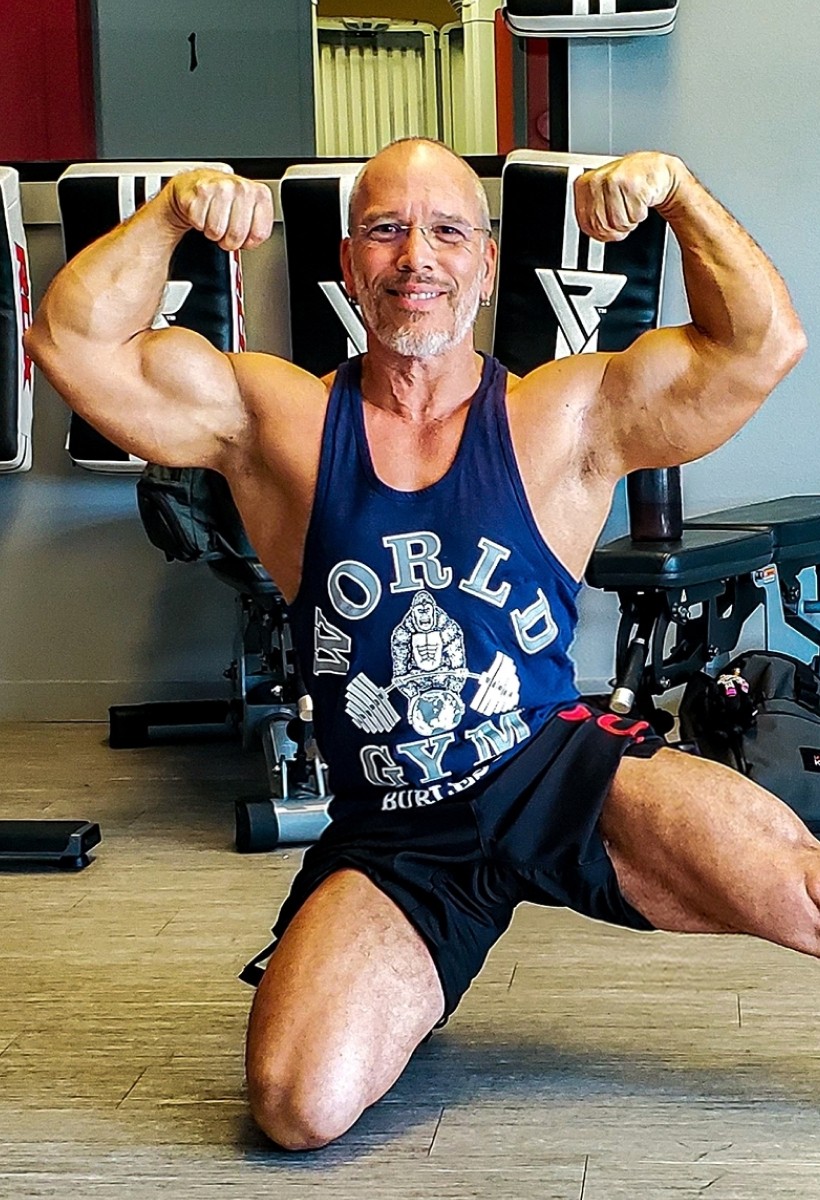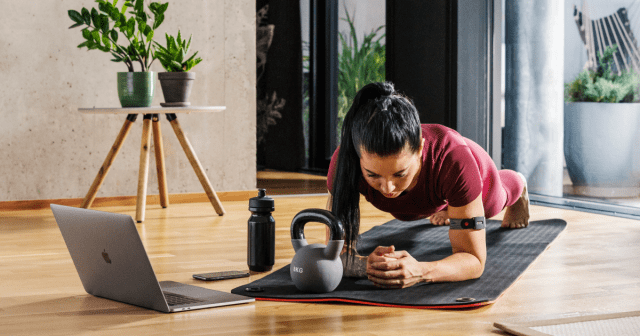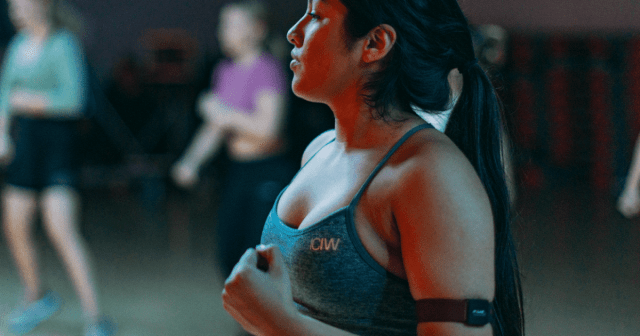As Bob Marley once said, “You never know how strong you are until being strong is your only choice.” It’s likely the reggae pioneer wasn’t talking about lifting weights, yet when it comes to later life, we are forced to think about our loss of muscle mass.
Some form of strength training for seniors is vital for living a long, healthy, independent life – but why? We look at a recent study and chat with people over 50 about why and how they have made strength training a part of their daily lives. Plus, we have tips and workouts to get you started!
What’s so important about strength training over 50?

Looking good and feeling great are fantastic motivators, but are there more significant reasons to do strength training in later life?
After thirty, we all gradually lose muscle mass, strength, and function. Ensuring we stay fit through regular strength training sessions helps in more ways than being able to lift heavy things. It enables us to maintain balance, preserve bone density, and enjoy vitality and independence.
As over 50 influencer Carla Kemp says, “I incorporate strength training in my routine because if I fall, I have less chance of an injury. It’s important to me that I stay active and healthy while aging. Strength training is one way that helps me live my best life!”
It’s not surprising then that regular strength training as seniors can enhance our capacity for a long and healthy life. A recent study published in the British Journal of Sports Medicine examined data on almost 100,000 adults with an average age of 71.
The study took place over nearly a decade and found that those who reported doing regular cardio and strength training had a dramatically lower risk of premature death. Study participants who completed 150 minutes of moderate aerobic activity and did weightlifting at least once or twice a week were 41-47% less likely to die early from any cause (except cancer).
Can you still build muscle at this age?
Absolutely. While you may not end up with the rippling muscles of an action hero, you will still gain some tone, at the very least – and not just to your arms. Strength training should also help enhance your legs, hips, back, chest, abdomen, and shoulders.
If you’ve previously done some form of strength training, you may be inspired to try it again. But it’s important to remember that just as your body has changed, so should your approach to lifting weights.
“I found that I had to leave my ego at the door and pay much more attention to things like time under tension and hypertrophy rather than lifting heavy like I used to,” says natural bodybuilder Scott Gaskins. “Regardless of age, discipline and consistency in training and diet are the keys to success.”
Speaking of diet, paying attention to what you eat is essential for staying fit over 50. Ensure you include plenty of protein and Omega 3 fatty acids in your meals. Also, only consume a moderate amount of carbohydrates and Omega 6 fatty acids.
Strength training for beginners
Usually, when we think about strength training, we think about lifting huge weights – but you can (and should) start with something simpler.
Bodyweight exercises are a great way to build strength and confidence. Plus, they can be done easily at home without needing any equipment. Start with something simple, such as planks and bird dogs, which will help you build upper body strength and engage your core muscles and enhance your balance. All of these elements will be important as you progress in your training.

Once you feel comfortable with these exercises, you can add more options, such as lunges, push-ups, and squats. These may feel challenging at first, but you will soon see strength improvements in your upper and lower body by regularly doing these exercises. You can also mix it up by doing other low-impact exercises and gentle mobility workouts to build strength and flexibility.
When you feel ready to start lifting weights, have a medical check-up first. This is important for anyone over fifty because you need to be sure your heart, muscles, and bones are up for the challenge of strength training as seniors. There might be something that needs to be considered when planning your training.
Once your doctor has advised you, working with a coach or personal trainer is a great idea to get you comfortable with weights. They can advise you on the different options, such as dumbells, kettlebells, and barbells, and most importantly, talk you through your technique and warm-ups. They will also advise you on how to do progressive overload – steadily increasing the size of your weights as you get stronger. This will minimize the risk of injuring yourself and maximize the impact of your training.
If you find gyms intimidating, continuing your strength training at home is easy. Try deadlifts with a medium-weight bar, renegade rows with dumbells, and bicep curls with resistance bands. Your strength exercises should always be part of a training plan that includes other activities like mobility and light cardio. Try Polar FitSpark™ to take the guesswork out of your training. This feature provides a daily workout to match your fitness level, training history, and recovery.
Remember, always take every workout slowly to ensure you don’t hurt yourself and prioritize your sleep every night. Not only does this mean you’re refreshed and ready for each day, but it’s also essential for building muscle. So, rest up and go and enjoy your newfound strength!
If you liked this post, don’t forget to share so that others can find it, too.
Please note that the information provided in the Polar Blog articles cannot replace individual advice from health professionals. Please consult your physician before starting a new fitness program.





